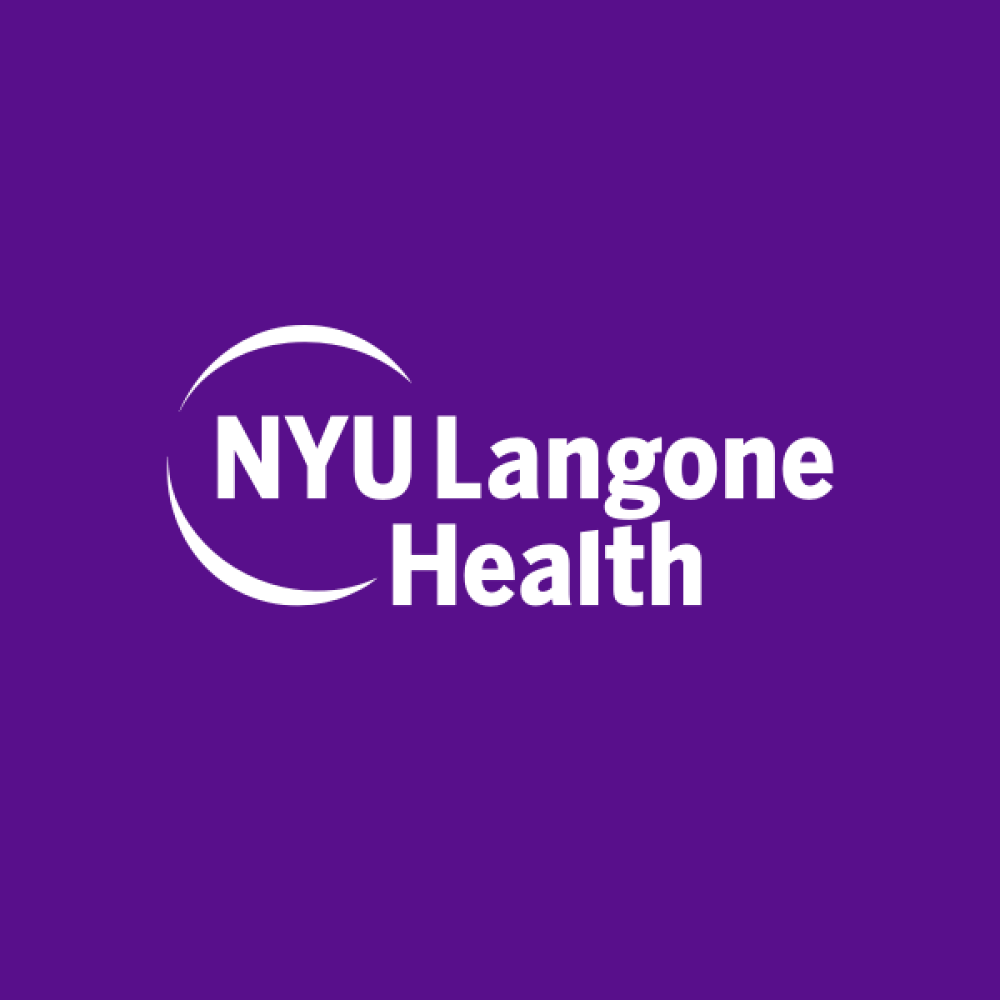
Experimental Compound Offers Potential Treatment for Rare, Often Fatal, Childhood Disease
On Jul. 9, 2025, as part of a new study, neurologists at NYU Langone Health announced they have treated an 8-year-old boy boy with an experimental compound that partially reversed a rare disease that caused worsening paralysis. In August 2023 he was able to play typical sports, but by November he needed a wheelchair because of the disease. Two months after beginning treatment, he was able to walk long distances again and even run.
Published online in the journal Nature, the work revolves around mitochondria, the powerhouses of human cells, where sugars and fats are “burned” to produce energy. This energy production requires coenzyme Q10 (CoQ10), which is made by human cells. The boy described in the paper was born with a potentially fatal condition called HPDL deficiency, which hinders the building of CoQ10, one of several mitochondrial diseases that affect thousands nationally and come with paralysis, limb stiffness, and fatigue.
The child’s experimental treatment was made possible in part by findings from a 2021 study led by Robert Banh, PhD, who was a postdoctoral fellow at the time in the lab of Michael E. Pacold, MD, PhD, assistant professor in the Department of Radiation Oncology at NYU Grossman School of Medicine and its Perlmutter Cancer Center. NYU Langone’s deeply integrated system enabled researchers to convert their lab work into an effective experimental treatment.
Dr. Banh’s original work revealed that CoQ10 building in mitochondria starts when HPDL (the enzyme hydroxyphenylpyruvate dioxygenase-like) turns a compound called 4-hydroxymandelate (4-HMA) into another called 4-hydroxybenzoate (4-HB). Cells then use 4-HB to build a part of CoQ10 necessary for energy production. Based on this discovery, the Pacold Lab was able to show that either 4-HMA or 4-HB can be used to restore CoQ10 synthesis and counter related brain damage in mice engineered to lack HPDL.
“Research breakthroughs show their true impact when they change a family’s life,” Dr. Kimmelman said. “Thanks to an extraordinary team working across our integrated system, we were able to safely and effectively get this treatment from a bench in the lab to a patient in need.”
Tags:
Source: NYU Langone Health
Credit:
